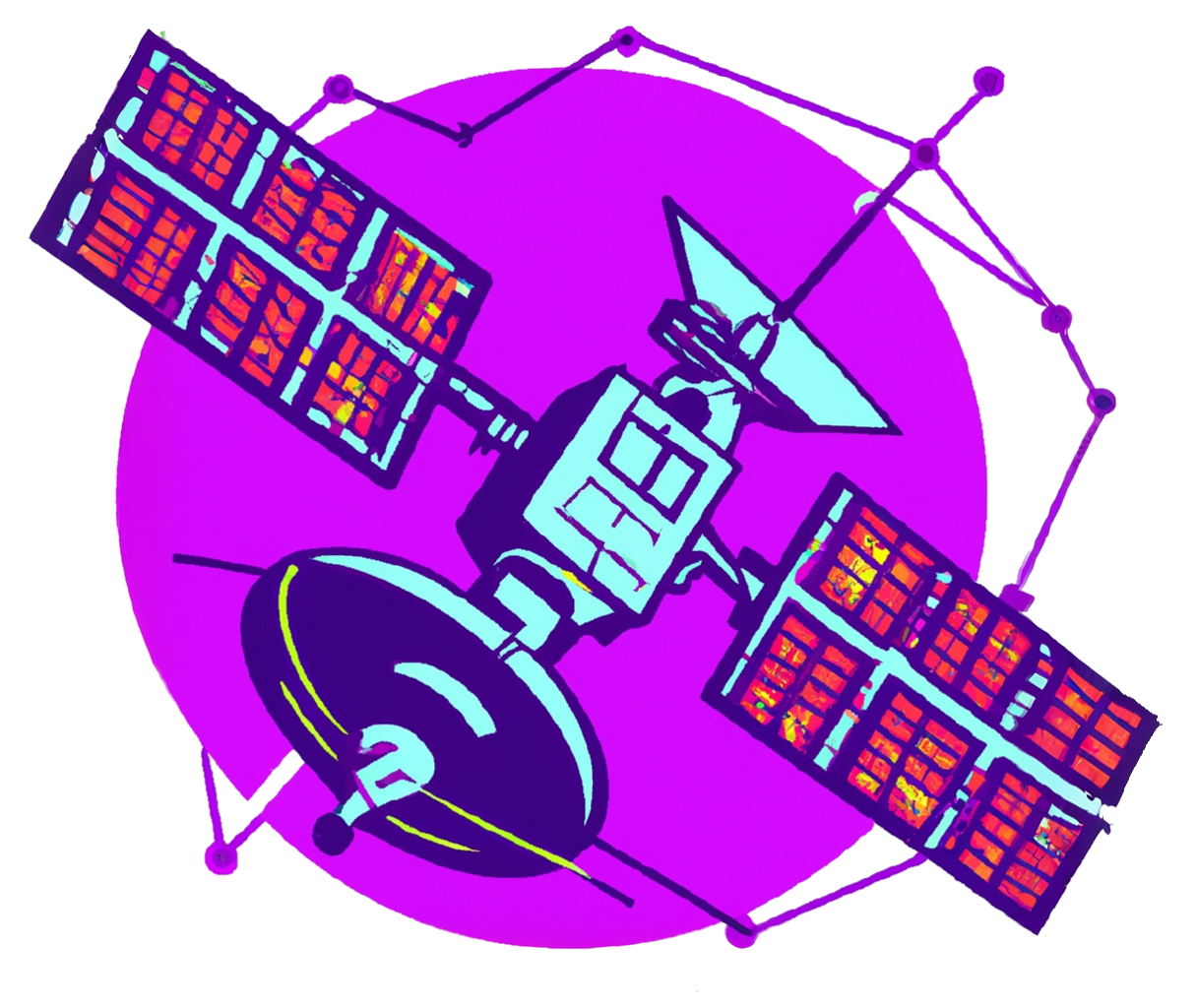Binary
Mir ecosystem can be run through the Mir binary. Head to Github Releases to download the latest version. You will find a bundle for Linux amd64/arm64 and Windows amd64/arm64. Once downloaded, extract the files to retrieve the binary. Add the binary to your path for easy usage.
You can also install the binary via Go (as it is a private repository, follow the access guide):
go install github.com/maxthom/mir/cmds/mir@latest
Running
Mir is composed of the Mir Server side and supporting infrastructure:
- Mir Server: Manage devices, ingest telemetry, send commands and configuration, etc.
- NatsIO: High-speed message bus.
- SurrealDB: Store device digital twin.
- InfluxDB: Store device telemetry.
- PromStack: Provides dashboards, alerting and monitoring of the ecosystem.
All can be run through the binary for a local setup. Mir binary act as both the client and the server providing an integrated experience.
Supporting Infrastructure
To run the supporting infrastructure, you need docker and docker compose installed.
Mir makes it easy to have a local setup by wrapping basic docker compose commands:
# Start the infra
mir infra up
# Stop the infra
mir infra down
# Display running containers
mir infra ps
# Remove containers
mir infra rm
# Write docker compose to disk
mir infra print
All extra flags get passed to docker compose.
The compose files are managed under env. var $XDG_CACHE_HOME defaulting to $HOME/.cache/mir/infra.
# Grafana <user>///<password>
localhost:3000 # admin///mir-operator
# InfluxDB
localhost:8086 # admin///mir-operator
# SurrealDB
localhost:8000 # root///root
# Prometheus
localhost:9090
# NatsIO
localhost:4222
Having embeded docker compose ensure that each distributed Mir binary can have a easy environment as well as providing a starting point if you want to modify the compose.
Mir Server
Once the supporting infrastructure is up and running, open a new terminal and run:
# Run Mir Server
mir serve
# See all possible options and configuration
mir serve -h
Mir Client
With both infrastructure and server started, open another terminal and you can use the CLI to interact with the system. Use the swarm command to simulate a device connecting to the server to explore Mir ecosystem.
# Server
mir serve
# TUI
mir
# CLI
mir -h
# to interact with devices
mir device
# to visualize the telemetry
mir telemetry
# to send command to devices
mir command
# to explore and upload schemas
mir schema
# to simulate a device connecting to the server
mir swarm
Visit DeviceSDK documentation to integrate device.
Visit Mir CLI documentation for more information.
 Mir
Mir